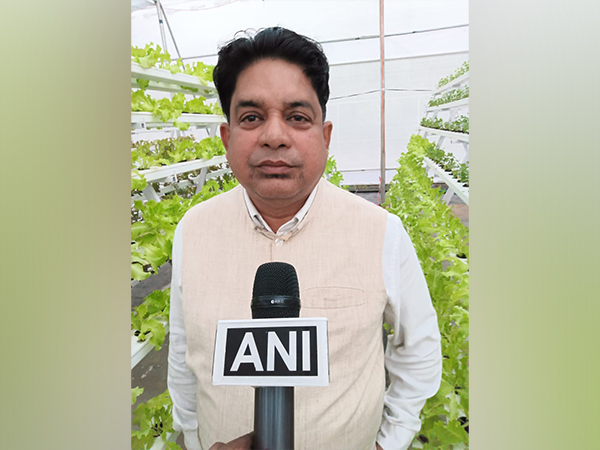Tripura Leads the Way in Hydroponic Farming Revolution
Tripura is advancing hydroponic farming to counter climatic challenges and boost agricultural productivity. Scaling up operations to 500 square meters, the initiative supports farmers with high-demand crops. Funded by a government scheme, this sustainable technology promises significant returns, financial resilience, and caters to limited land resources.

- Country:
- India
In a significant move towards sustainable agriculture, Tripura is scaling up its hydroponic farming initiatives, aligning with India's growing appetite for climate-smart agricultural practices. Previously dealing in portable systems, the state is now focusing on larger commercial operations, optimizing for areas covering at least 500 square meters to meet essential standards.
A testimony to this effort is a 560-square meter hydroponic unit in Tripura, primarily dedicated to cultivating leafy vegetables, which are increasingly in demand. Experts point to Tripura's changing climate patterns, including heavy rainfall and flooding, as driving forces behind the adoption of these resilient technologies. Although natural calamities cannot be prevented, the application of hydroponics can mitigate their detrimental impact on agriculture, as emphasized by Rajib Ghosh, Deputy Director at the Horticulture Research Center in Agartala.
The state's government has committed Rs 55 lakh to this initiative, despite the significant initial costs. However, experts predict that the economic returns will far exceed expenses in the coming years. Hydroponics not only enables cultivation in constrained land spaces but also propels farmers towards commercial production, thus enhancing their financial stability. These efforts align with Tripura's broader strategy to support farmers affected by recent floods through financial aid, ensuring sustained agricultural productivity and resilience.
(With inputs from agencies.)
ALSO READ
India's Scientific Legacy: Bridging Ancient Wisdom with Modern Innovation
Gujarat Titans Outplay Mumbai Indians in Tactically Savvy Match
Prasidh Krishna's Fiery Spell Propels Gujarat Titans to Victory Over Mumbai Indians
Spring Festivities: India Welcomes Chaitra Navratri with Presidential and PM Greetings
Mumbai Indians Seek Revival After IPL Loss to Gujarat Titans










